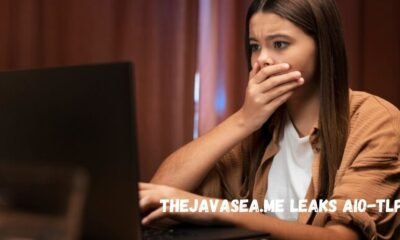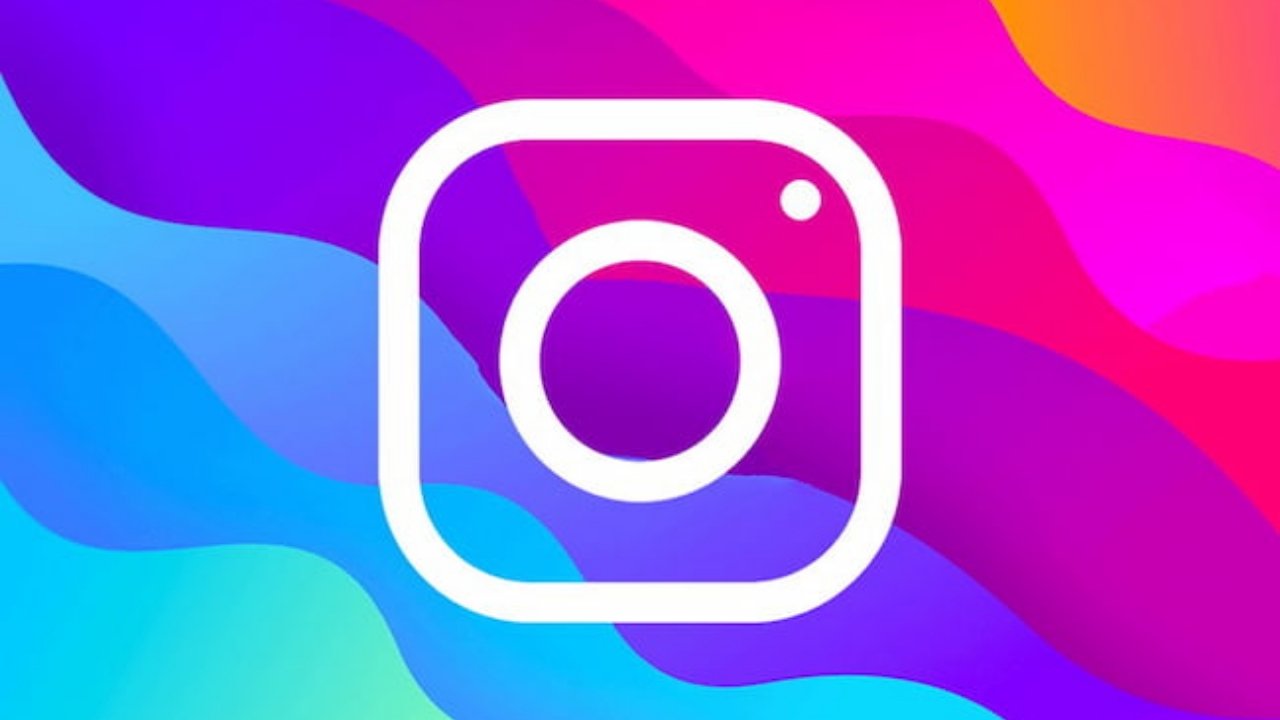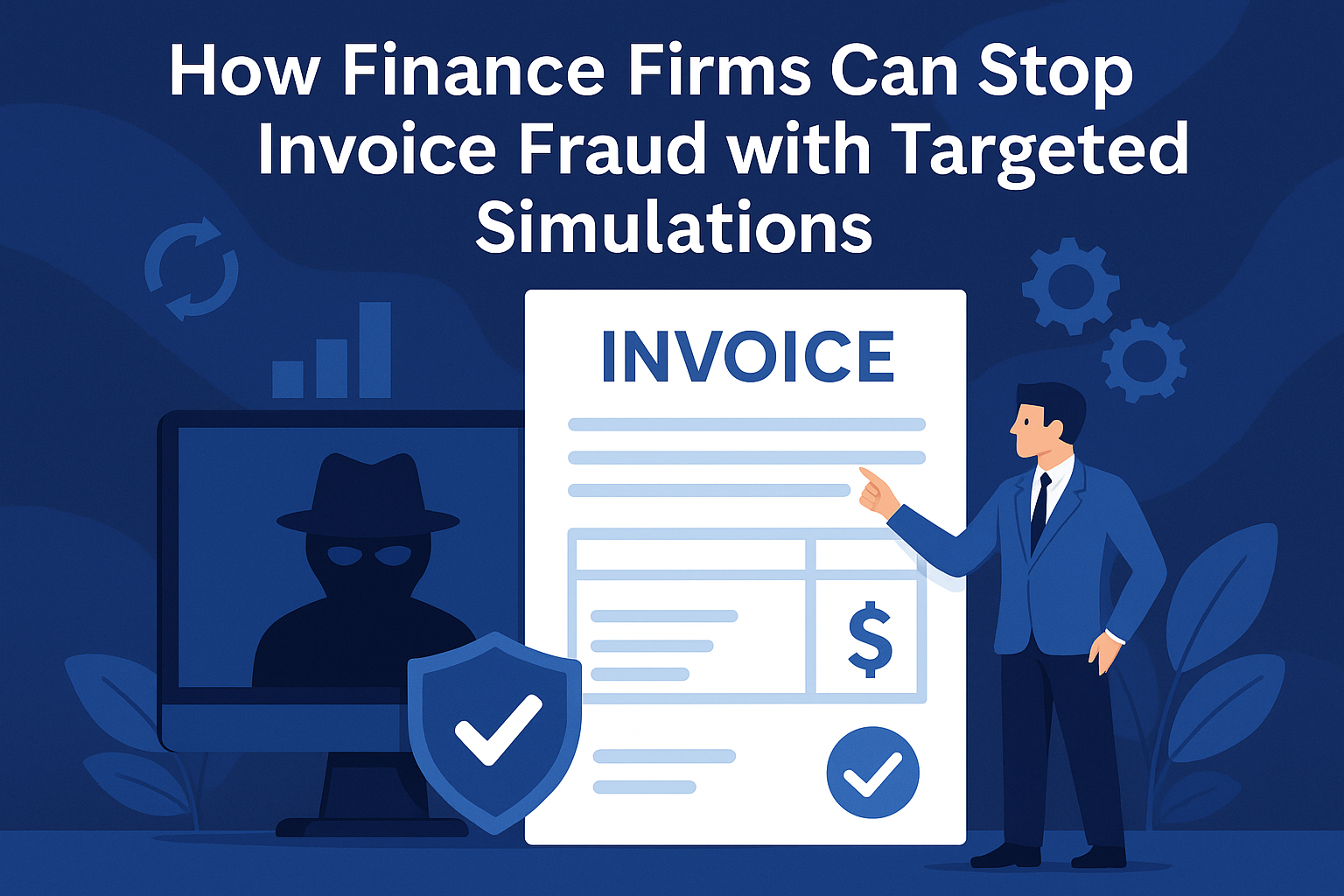Blog
Inside Edtwt: The Complex World of Eating Disorder Twitter

Edtwt, short for Eating Disorder Twitter, is a niche online community where individuals discuss eating disorders, weight loss, and body image. While some users seek support or share personal experiences, others engage in unhealthy and harmful behaviors. This community has become a controversial space, often blurring the lines between support and encouragement of disordered eating patterns.
The Origins of Edtwt
Edtwt emerged as a subculture within Twitter, growing from broader pro-ana and pro-mia internet communities. With the rise of social media, individuals struggling with eating disorders found spaces where they could discuss their experiences freely. While some used these platforms for support, others fueled destructive behaviors by sharing unhealthy weight loss tips, fasting challenges, and extreme diet plans.
How Edtwt Functions
The community operates through hashtags, coded language, and anonymous accounts. Users often create alternative identities, separate from their real-life social media, to interact within the space. Common hashtags like #edtwt, #thinspo (thin inspiration), and #ana (anorexia) make it easier for individuals to find content related to disordered eating.
The Positive Aspects of Edtwt
While much of Edtwt is problematic, some users genuinely seek recovery, understanding, and emotional support. Certain accounts provide resources, promote mental health awareness, and encourage individuals to seek professional help. These positive spaces offer a counterbalance to the harmful content, emphasizing self-love and recovery journeys.
The Dangers of Edtwt
Despite some supportive elements, Edtwt is largely recognized for its dangerous influence. Many users glorify extreme weight loss, share harmful tips, and normalize disordered eating habits. The platform can reinforce unhealthy behaviors and provide a sense of validation for those struggling with eating disorders. Additionally, young and impressionable users may stumble upon the community and adopt harmful mindsets about food and body image.
Coded Language and Secretive Communication
To evade content moderation, Edtwt users often use coded language to discuss their behaviors. Terms like “ana” (anorexia), “mia” (bulimia), and “bonespo” (bone inspiration) disguise the true nature of their discussions. This coded communication makes it difficult for outsiders and social media platforms to detect and regulate harmful content.
The Role of Social Media Algorithms
Social media platforms play a significant role in the spread of Edtwt. Algorithms designed to keep users engaged often push related content to those who interact with Edtwt material. This can create an echo chamber where users are continuously exposed to unhealthy perspectives. Despite efforts by Twitter and other platforms to crack down on harmful content, these communities persist by finding new ways to evade detection.
Mental Health Impacts
Engaging with Edtwt can have severe consequences on mental health. Users may experience heightened anxiety, depression, and body dysmorphia as they compare themselves to unrealistic standards. The community often fosters obsessive behaviors around food, calorie counting, and excessive exercise, reinforcing unhealthy thought patterns that can worsen eating disorders.
Who Is Most Affected by Edtwt?
Young people, particularly teenagers and young adults, are the most vulnerable to Edtwt’s influence. Social pressures, low self-esteem, and the desire for acceptance can lead them to engage with these communities. The anonymity of Edtwt also makes it easier for individuals to immerse themselves in harmful behaviors without real-world accountability.
How to Stay Safe Online
Avoiding Edtwt and similar communities is crucial for maintaining a healthy relationship with food and body image. Setting strict social media boundaries, curating positive content, and blocking harmful accounts can help protect mental well-being. If you come across harmful content, reporting it can contribute to making online spaces safer for everyone.
Recovery and Seeking Help
For those struggling with eating disorders, professional help is essential. Therapists, nutritionists, and support groups can provide the necessary tools for recovery. Many organizations, such as the National Eating Disorders Association (NEDA), offer resources, helplines, and guidance for those seeking to improve their relationship with food and body image.
The Future of Edtwt

As awareness of Edtwt grows, efforts to regulate and dismantle harmful online communities continue. Social media platforms must enhance their content moderation strategies to prevent the spread of disordered eating culture. Additionally, promoting body positivity and mental health awareness can help counteract the negative influence of Edtwt and foster healthier online spaces.
Conclusion
Edtwt is a complex and controversial online community that can be both supportive and harmful. While some use it to share experiences and seek help, others promote unhealthy behaviors that can worsen eating disorders. Understanding the risks, setting boundaries, and seeking professional support are key steps in navigating social media safely. By fostering positive conversations about body image and mental health, we can work toward a healthier digital environment for everyone.
-

 Tech1 year ago
Tech1 year agoHow to Use a Temporary Number for WhatsApp
-

 Business2 years ago
Business2 years agoSepatuindonesia.com | Best Online Store in Indonesia
-

 Social Media1 year ago
Social Media1 year agoThe Best Methods to Download TikTok Videos Using SnapTik
-

 Technology1 year ago
Technology1 year agoTop High Paying Affiliate Programs
-

 Tech10 months ago
Tech10 months agoUnderstanding thejavasea.me Leaks Aio-TLP: A Comprehensive Guide
-

 FOOD12 months ago
FOOD12 months agoHow to Identify Pure Desi Ghee? Ultimate Guidelines for Purchasing Authentic Ghee Online
-

 Instagram3 years ago
Instagram3 years agoFree Instagram Auto Follower Without Login
-

 Instagram3 years ago
Instagram3 years agoFree Instagram Follower Without Login




















